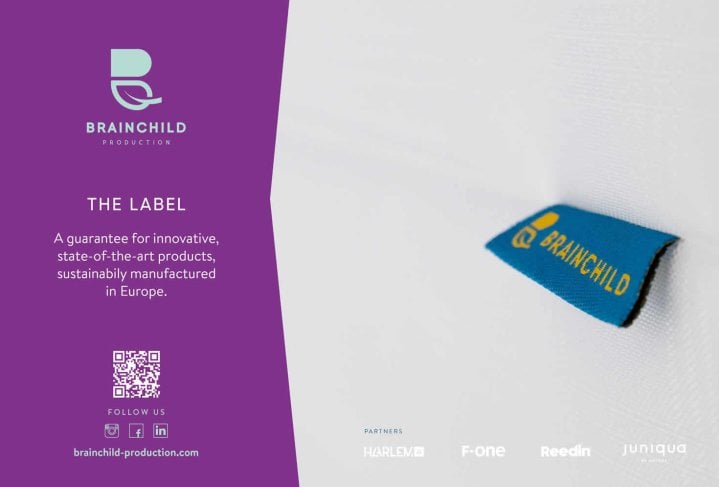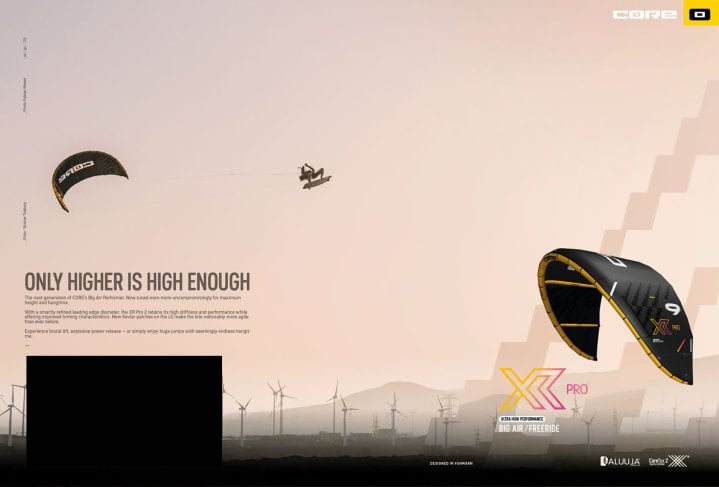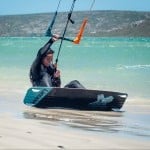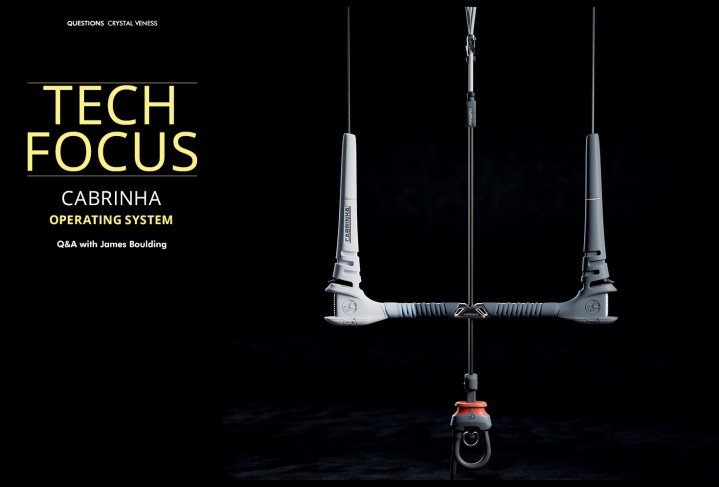
Tech Focus: Cabrinha Operating System
Issue 101 / Thu 12th Oct, 2023
The Cabrinha Operating System (COS, for short) was released just a few months ago and is a control bar packed with features designed to keep the rider safe and in control! James Boulding gives us all the details on Cabrinha's latest release in this Q&A...
Hi James, the COS is a significant change to Cabrinha's bar range, and the Click n' Go safety system is one of the most exciting developments in this bar. Tell us all about it!
The COS is a complete redesign of the control and safety system. The first key difference here is the safety system redesign, which consists of a simple push away release followed by an exceptionally easy push in and click reload. The loop can also be easily interchanged toollessly by pushing a lever on the side of the system. Different sized loops can be used, as well as a slider.
The power lines are individually PU-coated and split as they pass through the bar. What are the benefits of this design?
The Dual PU Tubes keep the clean, smooth finish that Cabrinha riders are used to but allow for an independent chamber for the 1X Security line to pass through.
How does the Cabrinha 1X Security line work? Is this system compatible with all 4 line kites?
This system is designed to provide a quick and efficient way for kiteboarders to release the power of the kite and depower it in case of an emergency or when they need to detach from the kite quickly. Upon activation of the safety system, the bar is released, and all tension moves onto the 1X line, completely depowering the kite with it coming down to rest in the water. It can be used with most kites on the market, but care should be taken around the knots that are used. Cabrinha's line attachments and pigtails on the kite are colour-coded to make sure the right line is connected to the right point on the kite.
The COS bar comes set with 22m lines, but the option of riding four different line lengths (18, 20, 22, or 24m). Do you find that kiters prefer this level of customisation? For riders that have never experimented with alternate line lengths, what would change about the kite flying characteristics of a product such as the Switchblade if you shorten or lengthen the lines?
The new variable line lengths can greatly adjust your riding style and the kite's performance. The COS comes stock with 22m (18m + 4m extensions), which, for most instances, is the optimum. Reducing line lengths gives a more direct feel to the kite with a quicker turning speed. This can be very useful for learning or powering down the kite slightly. Increasing to 24m allows the kite to travel further in its arc, allowing more hangtime. It also helps the kite drift, which can come in handy for foiling or in the waves. It's a very easy adjustment, so we'd encourage anyone to give it a go and see which length they prefer!
The Overdrive bar ends on the COS provide another level of customisation. How does this impact kite performance, and is it possible to make these adjustments with your kite in the sky?
The Overdrive system is an incredibly simple and intuitive system that can be adjusted on the fly with the kite in the sky. Simply pop out the Overdrive piece at the end of the bar, rotate 180 degrees, and pop back in. This adjusts the virtual bar size by 8cm in length. This enables quite a bit of crossover of the two size options available.
The COS bar comes in two different sizes: S/M (42-50cm) and M/L (47-55cm). What should customers consider when choosing which size to buy? Is there a resource they can use to figure out which bar size suits which kite sizes or designs?
As a general rule of thumb, we recommend kites of 9m and bigger to be used with the M/L and then 9m and smaller sizes to be used with the S/M, but this, of course, comes down to some personal preference. For freestyle, a slower turning kite is often more preferable, so the S/M bar tends to be used with bigger sized kites, whereas for surf and big air, the M/L bar tends to be more preferable due to the easier turning. The beauty of the Overdrive system is it gives each bar two different virtual bar lengths, giving lots of crossover potential.
Tell us about the TrimLite Cleat system! What makes this depower system unique?
We found that the general trend of both our trim options, the Recoil and TrimLite, was heading towards the more popular TrimLite system. Actually, one of the key reasons people liked the alternative Recoil was because the distance between the connection and bar away position was a lot closer. The new COS system actually cuts this distance down due to the new reduced length release system, so with this feature being incorporated into the new design, we've catered for both and put the best of each bar together into one with two different bar size options.
What flying lines has the Cabrinha team chosen for the COS bar? What makes this line material the best choice?
Cabrinha uses Bio-based Dyneema® for each line in the control system. This fiber boasts the exact same performance as conventional Dyneema® with a carbon footprint that is 90% lower than generic HMPE (high modulus polyethylene) fiber. We use a specific Dyneema SK76 Fiber Grade, which has a slightly higher performance compared to SK75 and SK78. Due to the special pre-stretching and heat setting technology we have developed with our partner BraidTech, the maximum strength per weight (tenacity) is often on par with SK99 lines used by some other brands.
The main advantage Cabrinha's line has over other lines is that it has much better abrasion resistance. The diameter of a single filament SK99 is approximately half the diameter of the SK76 grade, which is a major reason our lines wear out slower. For kite lines, this is incredibly important, as they play a key role in not just safety, but also the performance of a kite. Every rotation, kiteloop and relaunch causes abrasion, so these characteristics are vital when it comes to making a durable product.
The coating used on our lines has been gradually improved during the last few years to achieve the right amount of line protection, stiffness and reduced shrinkage. The surface friction has been reduced, which directly contributes to the improved abrasion resistance. This is at the heart of Cabrinha's development goal, which is not only to make high quality, performance products, but to make these products last.
Videos
By Crystal Veness
Editor at IKSURFMAG, Crystal Veness hails from Canada but is based in South Africa. When she isn't busy kitesurfing or reporting on the latest industry news for the mag, she is kicking back somewhere at a windy kite beach or working on creative media projects.


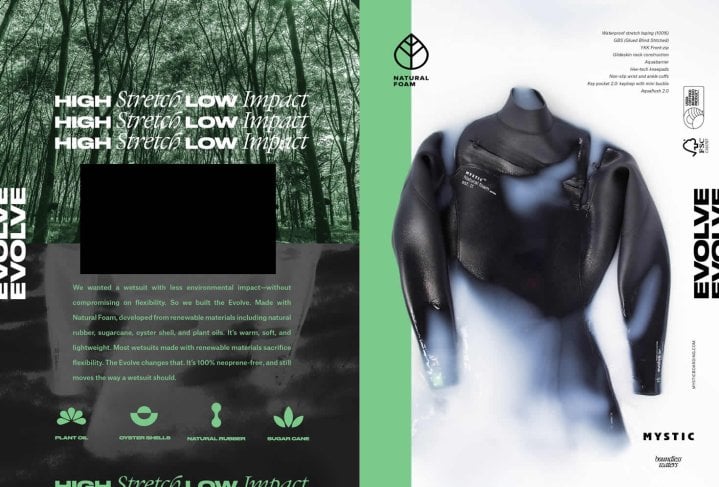
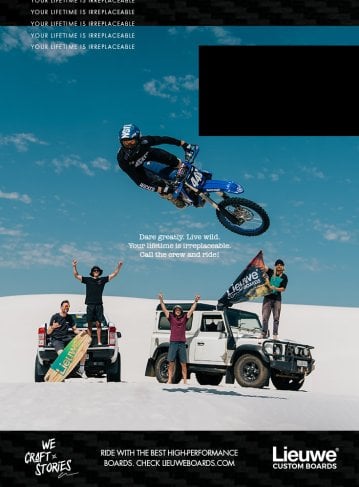
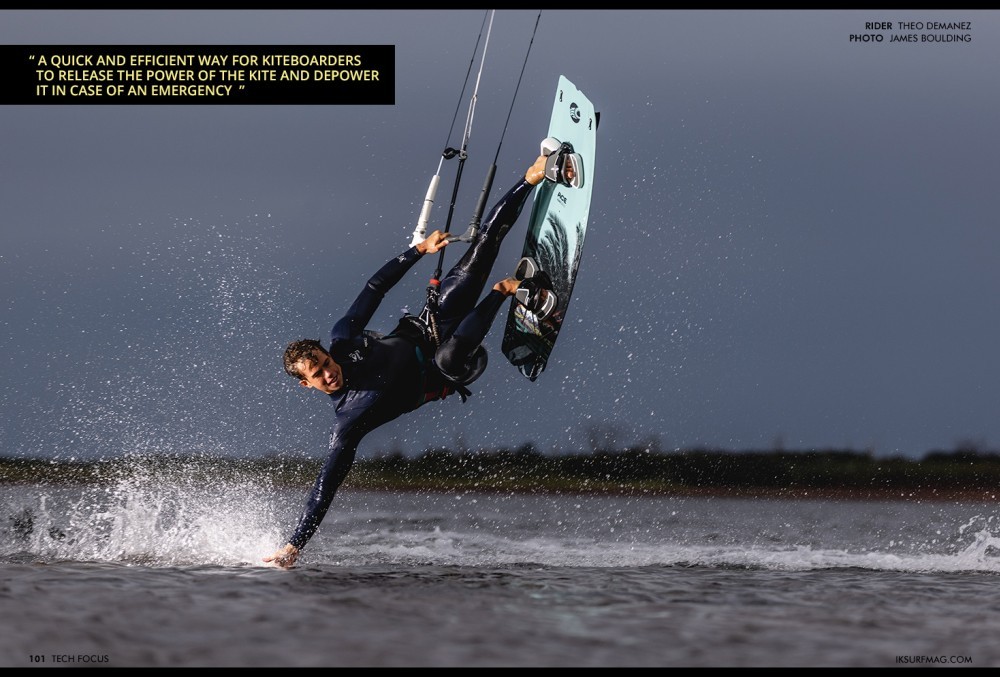
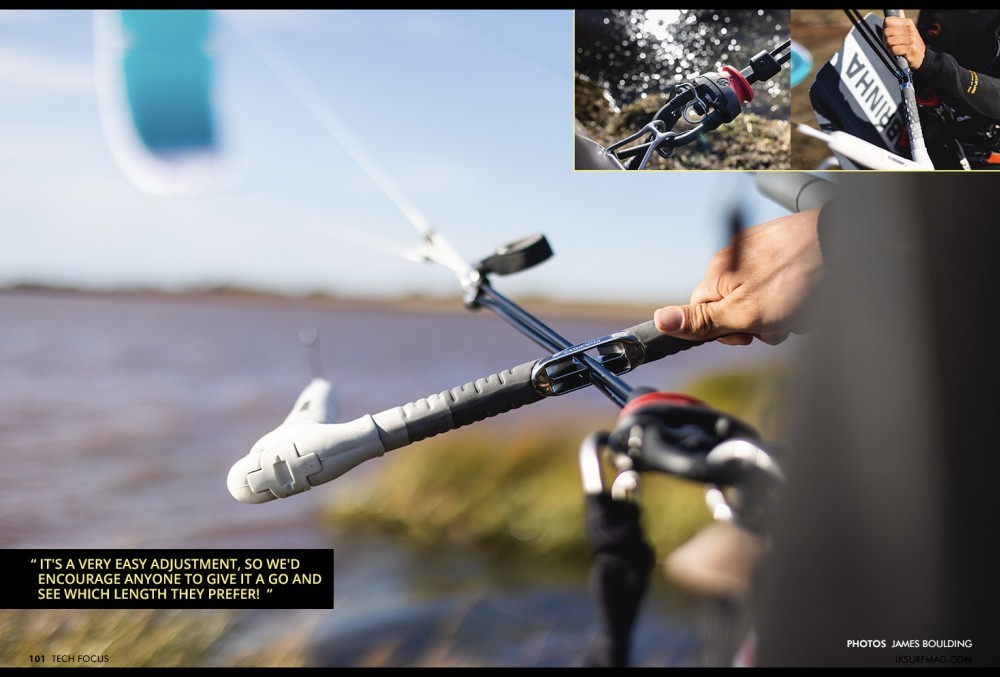

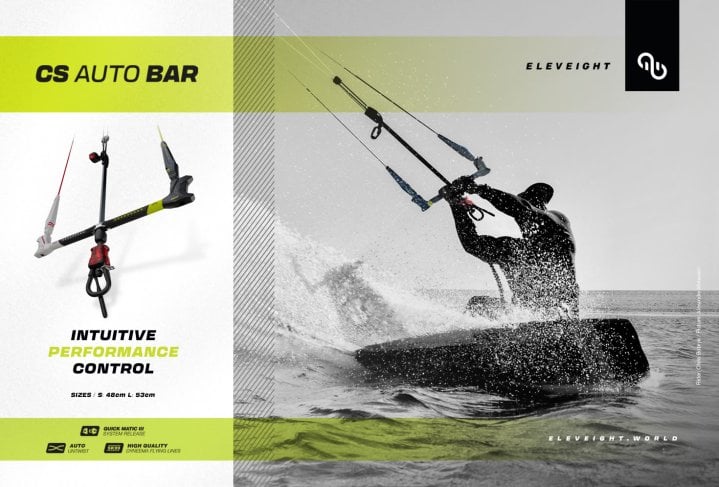
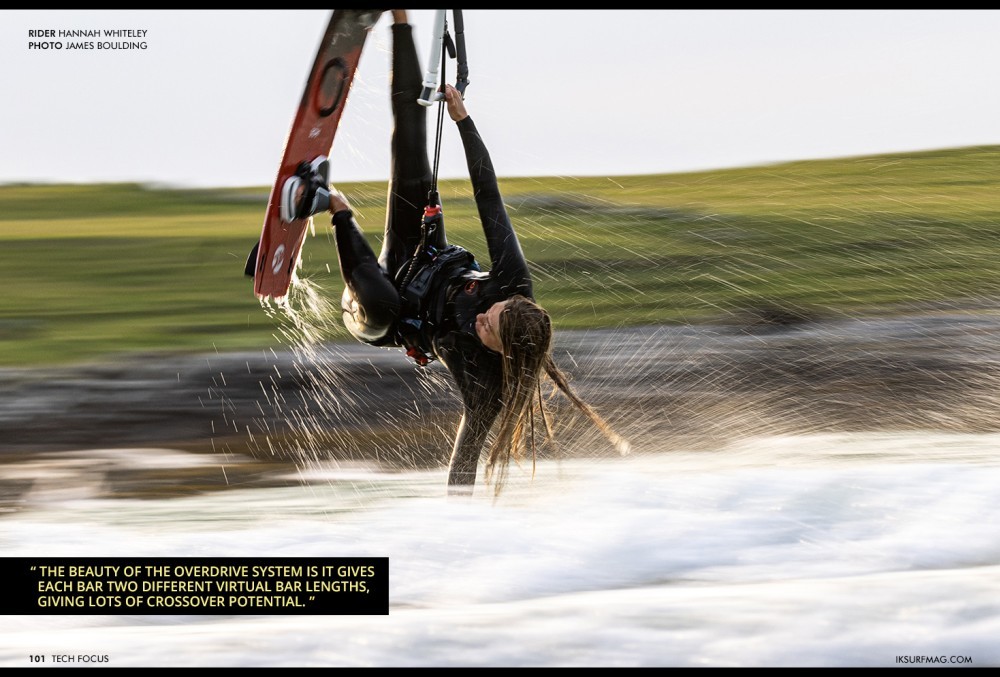
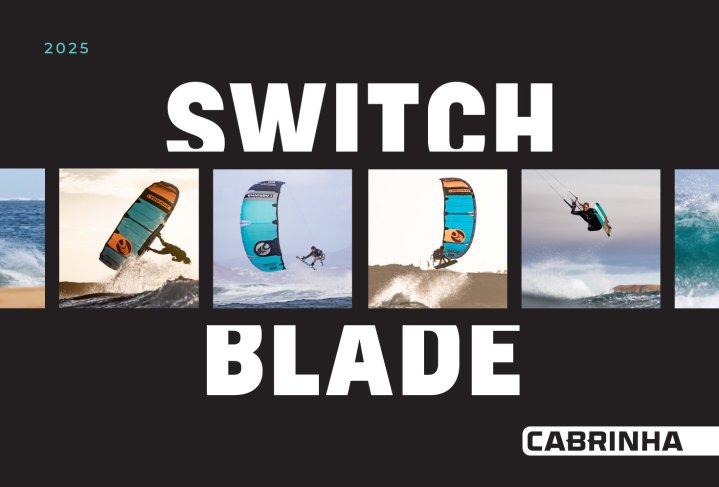
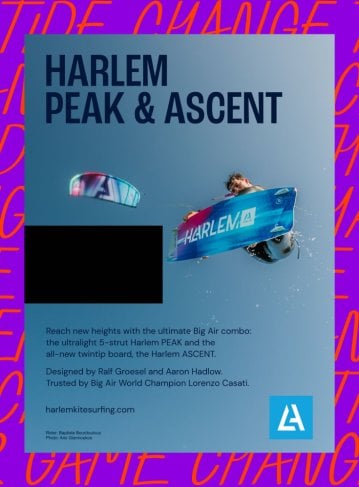
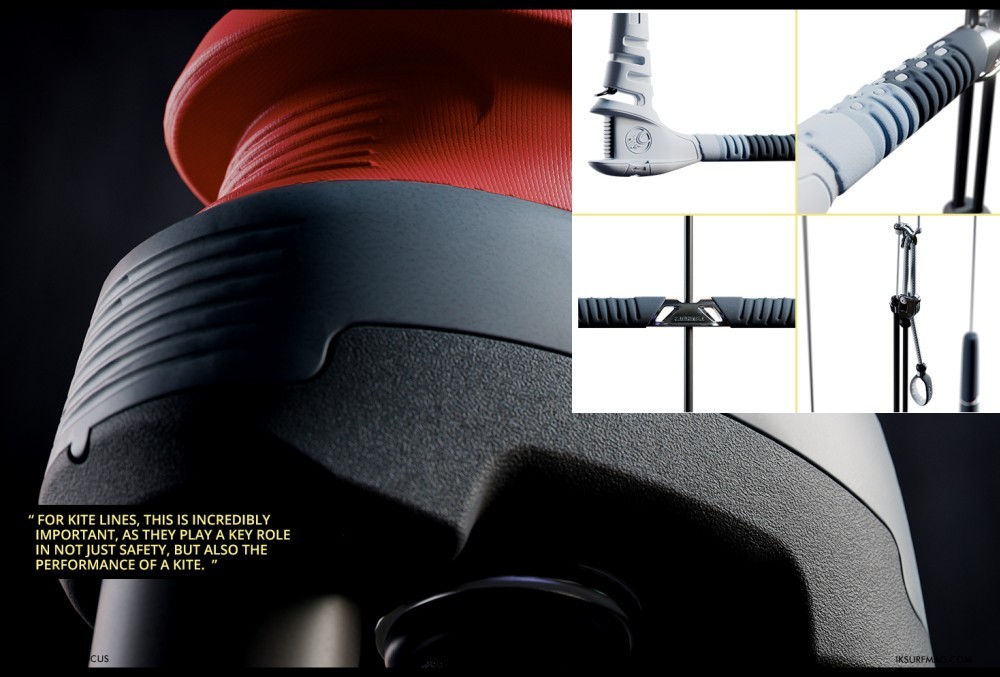
![03 Cabrinha Operating System [Overdrive Trimlite]](https://i.ytimg.com/vi/wcsUTuZKP2U/maxresdefault.jpg)
